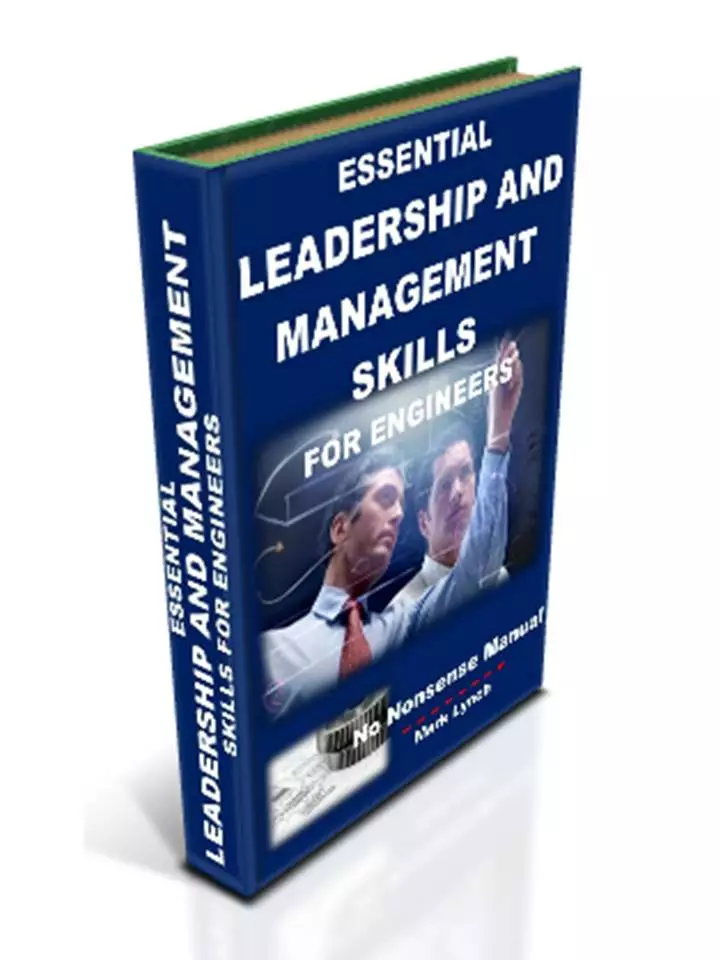'Hands-on Help for SMEs' and Smart Technical People'
Engineering Project Execution 2
Getting on with it!
Essential Leadership and Management for Engineers
Engineering Project Execution 2: Tips...
Project Reporting
Project reporting provides a more formal record of progress. Reports can then be communicated to other project stakeholders not present for meetings. Carefully consider what info people actually need? Reports represent a good method of controlling projects, and so reducing risks of significant concern. Reporting forms can be standardised so they are pertinent to your projects. Report on relevant useful areas, such as the biggest issues, costs, lead-times, most significant technical activities etc. How does progress compare to the original plan? Ensure any forms are as convenient and easy to complete as possible. Use a clear legible format perhaps with headings followed by bullet points listing succinct commentary. Consider using IT to automate this. Don’t get bogged down in bureaucracy!
Remember all the different titled mini-plans that came together to provide the overall plan, during the initiation stage? Well while executing the project, they should be updated as the project progresses if you want to really control the project and minimise risks such as time slippages or cost overruns. Like all project management processes, this should be scalable. As a rule of thumb, the more critical the project, the greater emphasis should be placed on updating plans. Use the review stages and milestones as useful opportunities to do this. Get into the habit of making this the accepted routine to ensure it happens. You should update the following plans:
- Project Plan – Including Gantt Chart and Resource Planning
- Risk Plan / Register
- Quality Plan
- Communication Plan
- Finance Plan
More complicated projects may require exception reports. These are reports highlighting issues, risks or problems, escalated above the project manager for resolution to those responsible for governing the project. Decisions are then communicated back to those they impact, via the project manager.
Projects take perseverance and strong leadership to be successful. Be tenacious and keep going, even when faced with problems and issues. Use creativity, problem solving tools and the experience and skills both of the team and research, to overcome hurdles. Draw in external experts as appropriate. Engineering is all about technical problem solving; use the same mind-set to tackle project problems.
Remember, engineers don’t give up when faced with a technical problem. Instead they dig deeper and try new things until they find a way forward. This is exactly the attitude required for technical project management. After all – if the going gets tough…
Try to stay positive and celebrate the completion of milestones. Actively build a sense of momentum, progress and hope as you complete each project milestone.
Engineering Project Execution 2: Neatly Ending a Project...
Closing a Project
As the project nears completion you will want to undertake a range of activities to formally tie up the project and learn from the experience. Update all plans (Gantt chart, risks, quality, communication and finance plans) to demonstrate actual values against forecasted ones.
As the project draws to a close gather the project team to review the project and consider the following points:
Compare what has actually been achieved against what was set out in the terms of reference / specification at the start. What were the key differences and do you understand why? What were the variations from what you planned (actual and %) in time and money? Was your approach the correct one? How effective was communication (both formal and informal) throughout the project? Overall, on balance, was the project successful? Is there a requirement or an opportunity for any future work?
- What would you have done differently knowing what you now know?
- How were problems overcome and solved?
- What experience, knowledge and skills did you have to acquire to complete the work?
- What research and investigation was necessary?
- How has your network of contacts developed and expanded?
- Are there lessons you learned that could assist others in future projects?
Compile a project report highlighting your findings above. Include a section on Lessons Learned to assist future projects. Highlight successes and particular issues. Be honest. Are there recommendations and actions that require following up? Activities may include further communicating changes to those affected, as well as training and supporting staff. Like all documents, this should be tailored in length to the size of the project. Communicate the report appropriately, including to those governing the project and relevant team members.
Consider the most appropriate method of filing reports. Do you want to store it on an internal IT network so others have access and can learn from it?
Finally, on completion the project team should celebrate! It’s great for moral and instils a sense of achievement for everyone involved. The energy, enthusiasm and positive vibes will hold in you good stead for your next project.
Engineering Project Execution 2
Next... Project Procedures and Process: Make them scalable and tailor them to your needs
Back to Essentials Leadership and Management Skills
For you, what are the qualities of a Great Engineering Leader?
Have you come across highly effective engineering managers and inspirational leaders? Are you one?!
Describe the qualities you think set the best apart from the rest. What practical tips and styles get the best results?
Share your story...and receive a FREE copy of our report 'Helping Your Manufacturing Business Thrive'...PS: Feel free to name-drop your firm! There's nothing wrong with a bit of free publicity!











